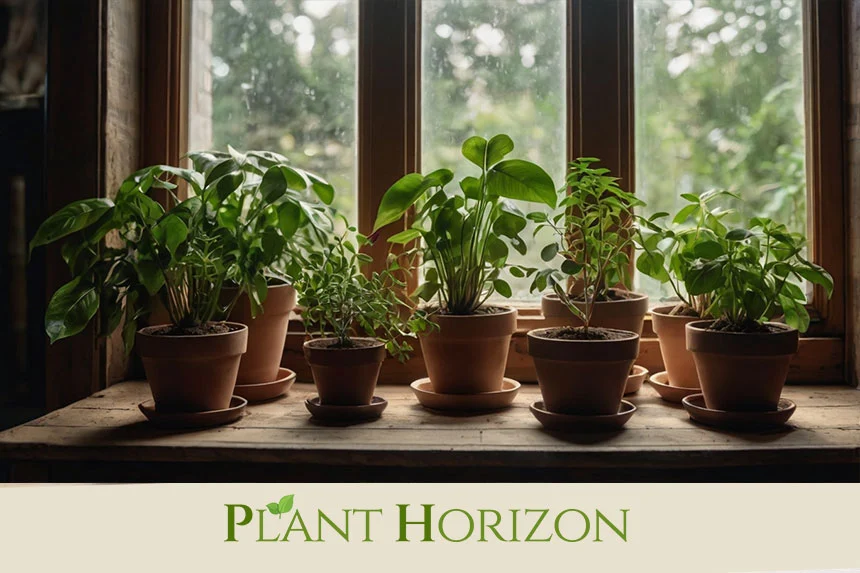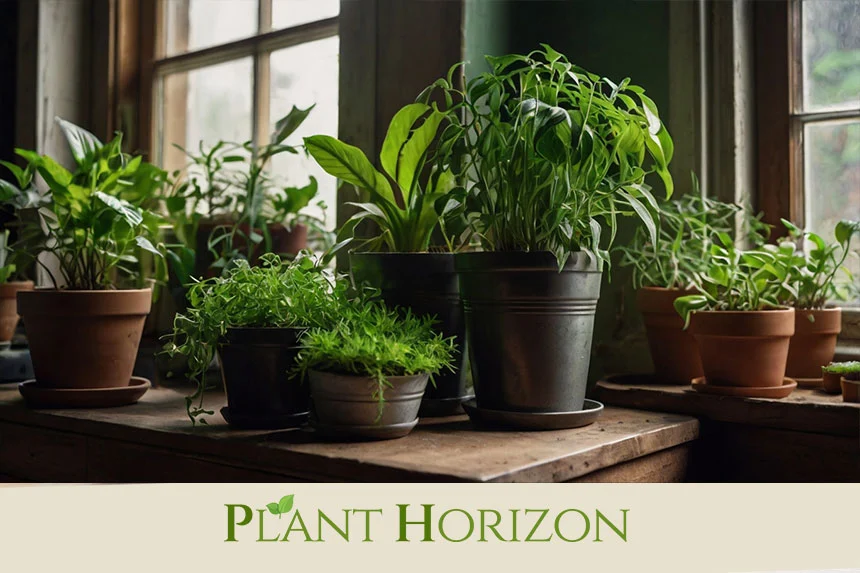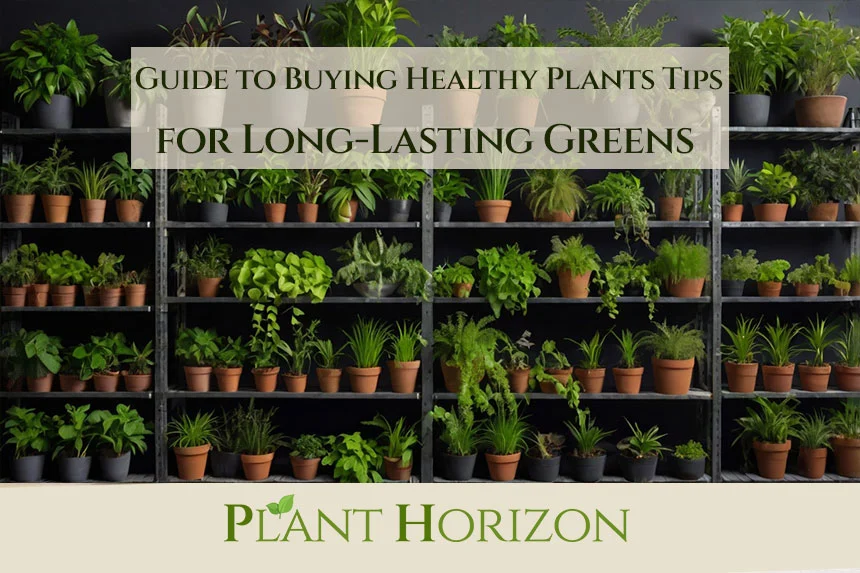Bringing healthy, vibrant plants into your home or garden can transform your space into a lush haven. However, choosing the right plants that will thrive for the long term can be tricky. When buying healthy plants, it’s essential to pay attention to a few critical factors before making your purchase. This guide will help you make more informed decisions and ensure you’re taking home greens that will last for years to come.
Why Buying Healthy Plants Is Important
Healthy plants are the foundation of any successful garden or indoor plant collection. Whether you’re a novice plant parent or an experienced gardener, starting with thriving plants increases your chances of long-term success and minimizes frustration down the road. A healthy plant is less likely to attract pests, develop diseases, or struggle with acclimating to its new environment.
Below, we’ll break down everything you need to know about buying plants, from spotting warning signs to selecting the right type of green for your home or garden.
1. Inspect the Plant’s Overall Health
When buying healthy plants, the first step is to carefully examine each plant’s overall appearance. A plant that looks lush, vibrant, and pest-free is often your best bet. Here are some specific things to look for:
- Foliage color: Healthy plants should have bright and even-colored leaves with no yellowing, browning, or black spots.
- Leaf texture: Look for firm, well-hydrated leaves. Wilted, drooping, or mushy leaves may indicate poor health.
- Pests: Inspect both the tops and undersides of the leaves for signs of pests, such as holes, sticky residue, webs, or visible insects.
2. Assess the Roots
The roots are the lifeline of any plant, and buying a healthy plant means paying attention to what’s beneath the soil. To check the plant’s roots, gently remove the plant from its container (don’t worry—this won’t harm it).
- Healthy roots: Look for light-colored, firm, and well-spread roots. These indicate a thriving plant.
- Overcrowded roots: Plants that are pot-bound with roots circling the container may be stressed and less likely to adapt well to transplanting.
- Root damage: Avoid plants with black, mushy, or foul-smelling roots, as this could signify root rot.
Tip: Look at the Soil
The soil in the pot can also give you clues about the plant’s condition. Soil that is too dry, overly wet, or covered in moss or mold can signal improper watering habits or poor maintenance practices.
3. Avoid Plants with Visible Signs of Disease
Disease is often a hidden danger when purchasing plants. Even a seemingly small issue can spread quickly and harm your surrounding plants. Common signs of disease include:
- Brown, black, or white spots on leaves
- Powdery mildew or fuzzy coatings on leaves and stems
- Sudden leaf drop or excessive wilting
It’s always a good idea to ask nursery staff or store employees about their plant care practices and whether the plants have been treated for common diseases.
4. Observe the Plant’s Growth Habit
When buying healthy plants, it’s good to know their natural form and growth habit. Some plants may grow outward, upward, or in patterns based on their species. Compare the plant you’re considering with photographs or descriptions online or in reference books.
For example, a leggy or sparse plant may not be receiving enough light, while a densely packed one is more likely to be growing in optimal conditions.
5. Research the Plant’s Requirements
Understanding what conditions—including light, water, temperature, and soil preferences—a plant needs before you bring it home will set you up for success. A plant struggling to survive in its current environment will likely suffer once relocated to yours.
Pro Tip: Start with Low-Maintenance Plants

If you’re new to plant care, opt for resilient and easy-to-care-for species such as snake plants, pothos, or peace lilies. These plants are forgiving and can tolerate a variety of conditions while you learn their care routines.
6. Seasonal Considerations
Certain plants are highly sensitive to their environment and may face stress when bought out of season. For instance:
- Spring and summer are ideal seasons for buying most plants, especially flowers and vegetables.
- Hardy outdoor shrubs or trees can be added to your garden in the fall.
Ensure that the season aligns with your planting or repotting plans to avoid unnecessary plant stress.
7. The Importance of Proper Transportation
Even after purchasing a healthy plant, improper handling during transport could cause stress or damage. Protect your plant by:
- Using a sturdy box to hold it securely in place
- Avoiding exposure to extreme temperatures during transport
- Keeping the plant upright and supported
8. Supporting Local Nurseries
Local nurseries often have healthier plants compared to big box stores. These nurseries usually provide better care for their plants because their business relies on customer satisfaction.
Additionally, employees at local nurseries are more likely to offer expert advice tailored to your region. Supporting local businesses can also help keep your community thriving.
9. Quarantine New Plants
When you bring a new plant home, it’s a good idea to quarantine it for a couple of weeks to ensure it doesn’t bring pests or diseases into your existing plant collection.
Steps to Take:

- Place the new plant in a separate area away from other plants.
- Inspect it regularly for signs of pests or disease.
- Only integrate it with your other plants once you’re certain it’s healthy.
10. Be Wary of Bargain Plants
While it may be tempting to snag a plant from the clearance section, beware of discount plants. These are often priced low because they are unhealthy, damaged, or nearing the end of their lifespan. While you could give them a second chance, this may require extra care and effort to rehabilitate the plant.
Instead, focus on finding plants that already show signs of good health. This ensures you’re bringing home a long-lasting green addition to your space.
Conclusion
Buying healthy plants sets the stage for a vibrant and thriving garden or indoor plant collection. By taking the time to inspect each plant’s health, researching its care needs, and supporting local nurseries, you can make informed choices and enjoy the many benefits of lush greenery.
Want more guidance on selecting and caring for your plants? Visit Planthorizon for expert advice and tips to keep your plants happy and healthy.










